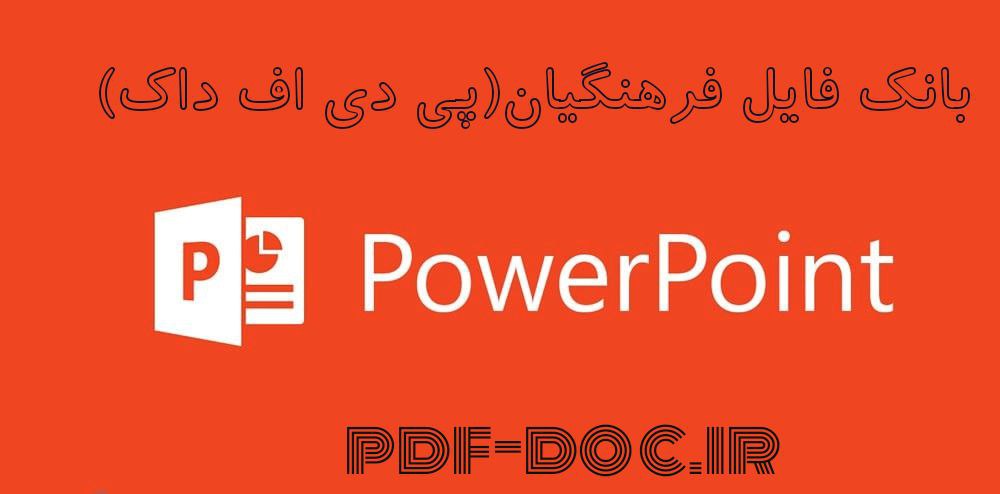دانلود مقاله : Predictors of Adherence to Performance Measures in Patients with Acute Myocardial Infarction 2013

دانلود مقاله :
Predictors of Adherence to Performance Measures in Patients with Acute Myocardial Infarction 2013
نویسندگان :
Dharam J. Kumbhani, MD, SM,a Gregg C. Fonarow, MD,b Christopher P. Cannon, MD,a Adrian F. Hernandez, MD,c Eric D. Peterson, D, MPH,c W. Frank Peacock, MD,d Warren K. Laskey, MD,e Wenqin Pan, PhD,c Lee H. Schwamm, MD,f Deepak L. Bhatt, MD, PH,a,g Get With the Guidelines Steering Committee and Investigators
فرمت:pdf
چکیده :
BACKGROUND: There have been substantial improvements in the use of evidence-based, guideline-recommended
therapies for patients with acute myocardial infarction. Nevertheless, some gaps, disparities, and variations in use
remain. To understand how such gaps in recommended care may be narrowed further, it may be useful to determine
those factors associated with lessened adherence to guideline-based care.
METHODS: The Get with the Guidelines-Coronary Artery Disease registry measured adherence with 6 performance
measures (aspirin within 24 hours, discharge on aspirin and beta-blockers, patients with low ejection fraction
discharged on angiotensin-converting enzyme inhibitor/angiotensin receptor blocker, smoking cessation counseling,
use of lipid-lowering medications) in 148,654 patients with acute myocardial infarction between 2002 and 2009.
Logistic multivariable regression models using generalized estimating equations were utilized to identify patient and
hospital characteristics associated with adherence to each of 6 measures, and to a summary score of performance for
all measures, in eligible patients.
RESULTS: We identified 10 variables that were associated significantly with either greater adherence
(hypertension, hyperlipidemia, hospital with full interventional capabilities, calendar year) or worse
adherence (age, female sex, congestive heart failure, chronic renal insufficiency, atrial fibrillation, chronic
dialysis) in at least 4 of the 6 treatment adherence models, as well as the summary score adherence model.
Age, sex, and calendar year were significant in all models.
CONCLUSIONS: Use of evidence-based acute myocardial infarction treatments remains less than ideal for
certain high-risk populations. The close correlations among factors associated with underperformance
highlights the potential for specifically targeting and tailoring quality improvement interventions
?>



